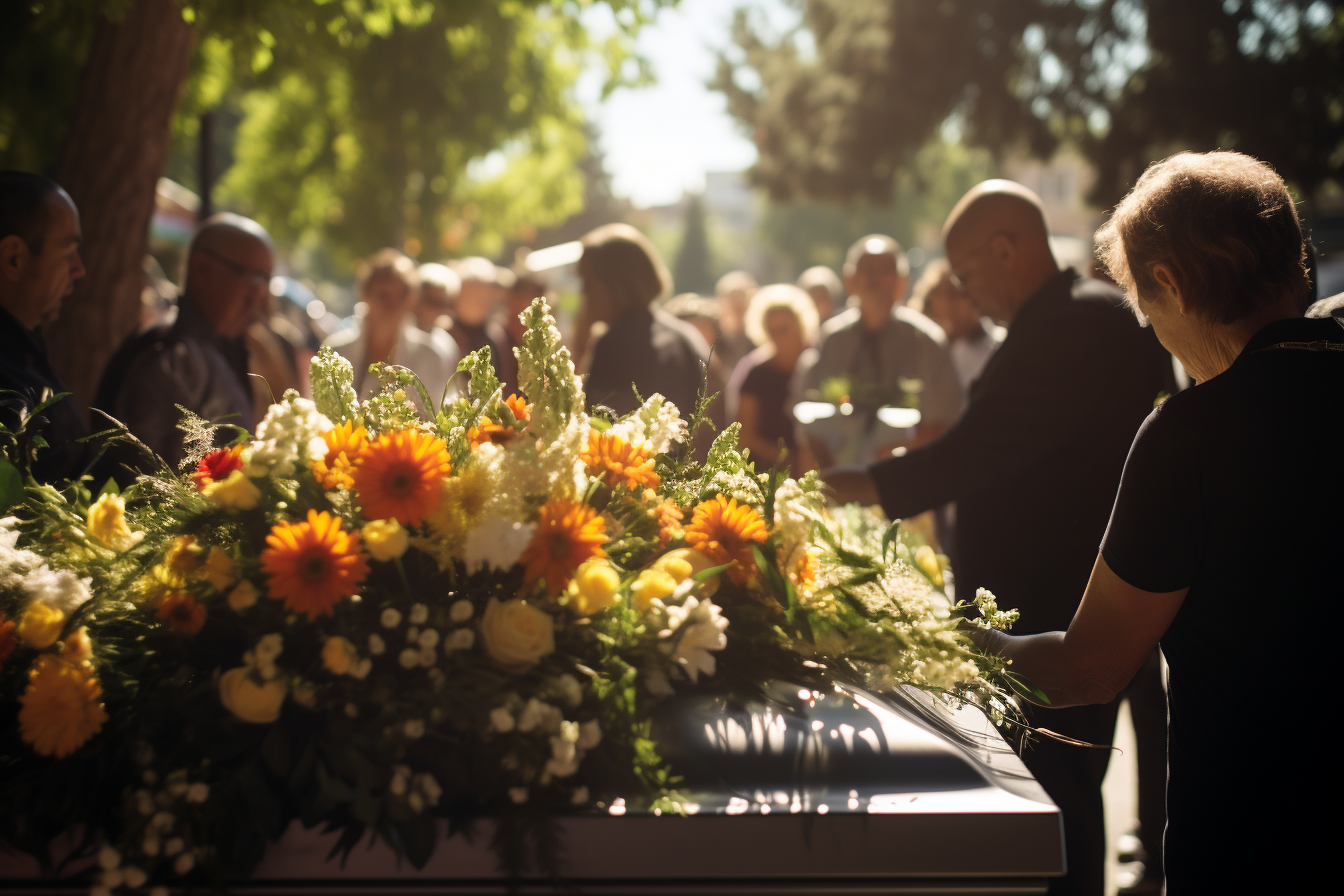The United States is a culturally diverse country with different customs and practices surrounding death and dying. In this article, we will explore hospice care in the United States, local customs and practices when someone dies, and what you should do when someone dies in the United States.
Hospices in the United States
Hospice care in the United States is well-established and has been available for over 40 years. Hospice care provides end-of-life care for patients with life-limiting illnesses, and it aims to improve the quality of life for both patients and their families. Hospice care is provided by a team of healthcare professionals, including doctors, nurses, and social workers, and it is often delivered in a hospice facility or the patient’s home.
Hospice care in the United States is typically covered by Medicare, Medicaid, and most private insurance plans. Hospice care is free of charge to patients and their families, and it is available to anyone who needs it, regardless of their financial situation.
Local Customs and Practices when Someone Dies in the United States
The United States is a culturally diverse country, and there are different customs and practices surrounding death and dying. However, there are some common practices that are observed throughout the country.
Mourning Period
In the United States, there is no set mourning period, and the length of mourning can vary depending on the individual’s religious beliefs and personal preferences. Some people prefer to mourn in private, while others may seek comfort and support from their family and friends.
Burial Customs
In the United States, burial is the preferred method of disposing of the deceased. Cremation is also a popular option, and it is often chosen due to its lower cost and environmental impact.
Funeral Rites
Funeral rites in the United States vary depending on the individual’s religious beliefs and personal preferences. However, there are some common practices, such as the use of a hearse to transport the deceased to the funeral service, and the use of flowers and music to honor the deceased.
What Should You Do When Someone Dies in the United States?
If you are in the United States and someone dies, there are certain procedures that you must follow. Here are the steps you should take:
Obtain a death certificate: You will need to obtain a death certificate from a doctor or a coroner. This certificate is required for legal and administrative purposes.
Notify the family doctor: The family doctor should be notified as soon as possible. If the death occurs in a hospital, the hospital staff will usually notify the family doctor.
Arrange for the body to be transported: You will need to arrange for the body to be transported to a funeral home or a mortuary. This can be done through a funeral home, which can provide transportation services.
Choose a funeral home: The family is responsible for choosing a funeral home and making funeral arrangements, including choosing the burial or cremation site, preparing the body, and arranging for a funeral service.
Notify family and friends: It is customary to notify family and friends as soon as possible. This can be done through phone calls, emails, or social media.
Settle the deceased’s affairs: The family must settle the deceased’s financial affairs, such as paying outstanding debts and canceling subscriptions or services.
Notify relevant government agencies: You will need to notify several government agencies, such as the Social Security Administration and the Department of Veterans Affairs (if applicable).
Consider organ donation: Organ donation is a personal decision, but it can save lives and improve the quality of life for others. If the deceased expressed an interest in organ donation, the family should discuss this option with medical professionals.
Seek professional help: The family may need professional help to cope with the loss of their loved one. There are counseling services available in the United States, and the family can also seek support from their community or religious organizations.
Notify insurance providers: If the deceased had life insurance, the family should notify the insurance provider as soon as possible.
Notify banks and financial institutions: The family should notify banks and financial institutions where the deceased held accounts or had investments to freeze the accounts and prevent any unauthorized access.
Notify utility companies: The family should notify utility companies, such as electricity and gas providers, to cancel the deceased’s account and stop any further billing.
Notify employers: If the deceased was employed, the family should notify their employer as soon as possible to stop any further payments and to discuss any benefits that may be available to the family.
In conclusion, end-of-life care in the United States is well-established, and hospice care is widely available to those who need it. The local customs and practices surrounding death and dying vary depending on individual beliefs and preferences, but there are some common practices observed throughout the country. If you are in the United States and someone dies, it is important to follow the procedures outlined above to ensure that the deceased’s affairs are settled, and the family can properly mourn and honor their loved one.

